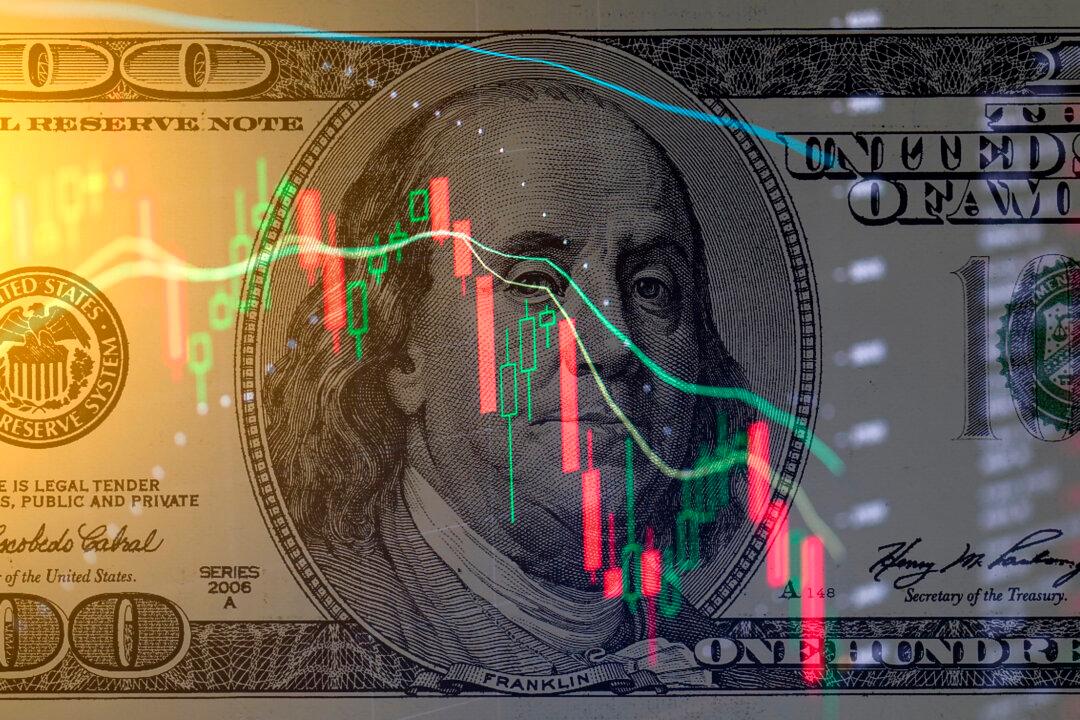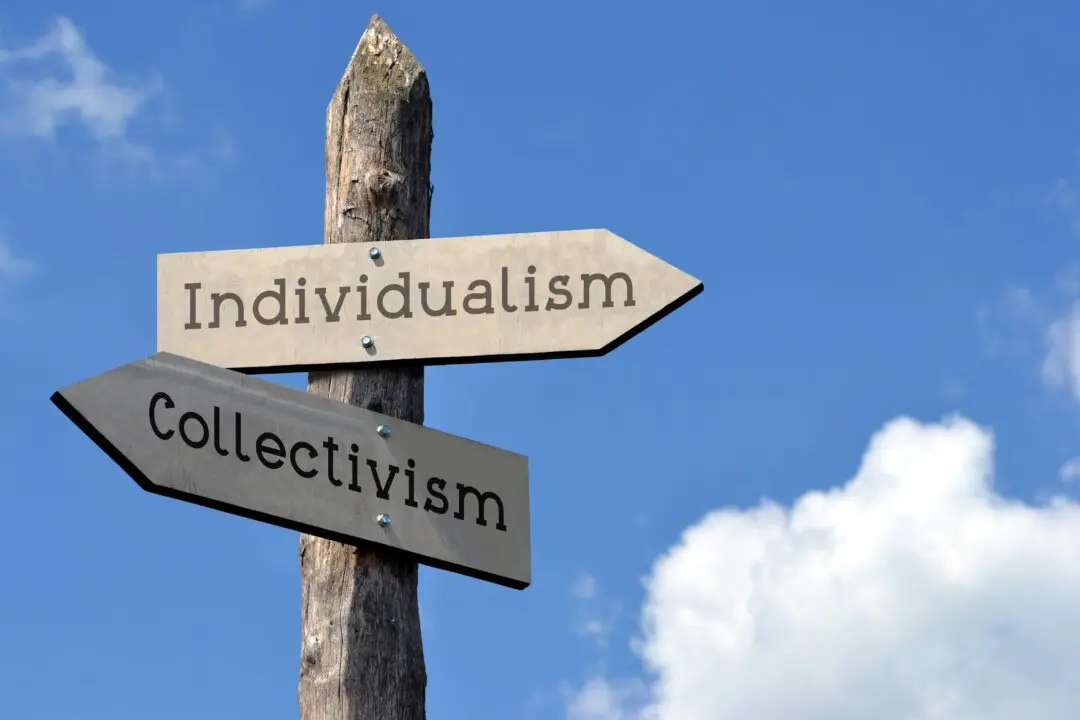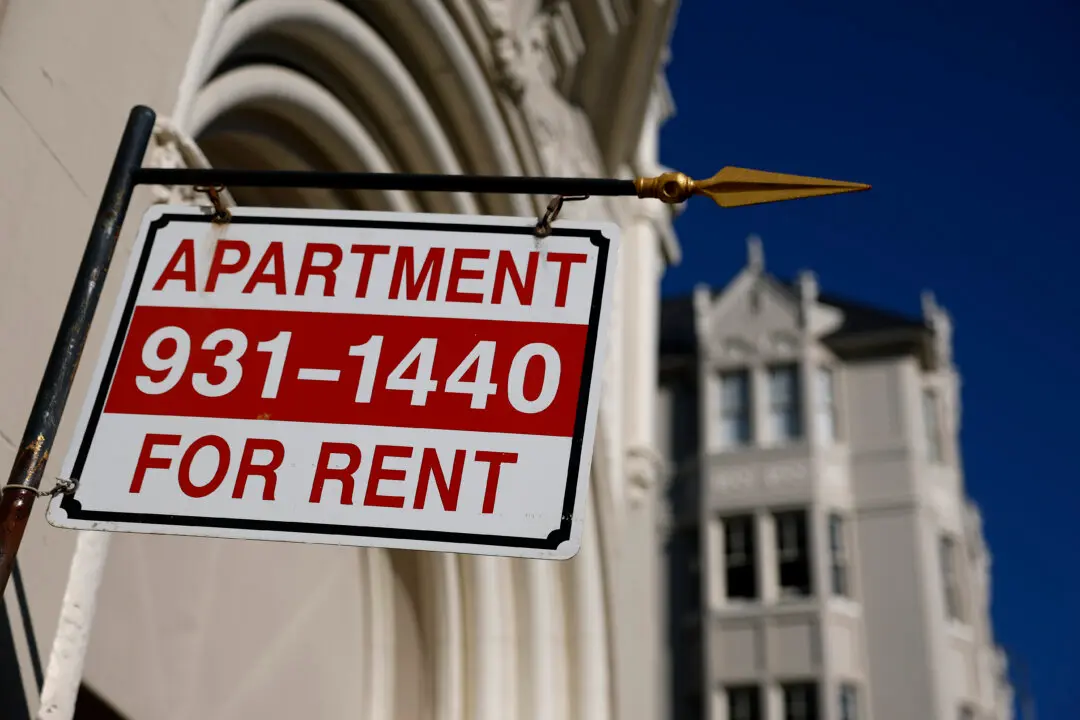Commentary
The federal state of emergency for COVID-19 ended on May 11. Along with that ends the terrible travel restrictions that have stopped the unvaccinated from visiting the Land of the Free. It seems incredible that we could ever become used to this.





